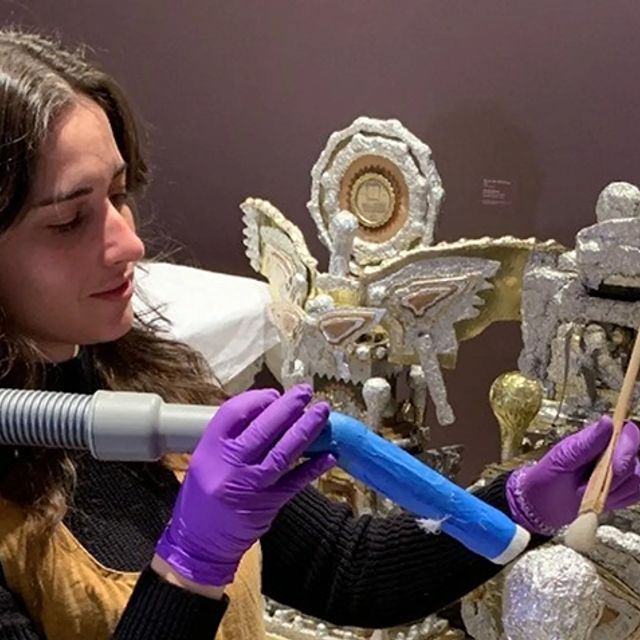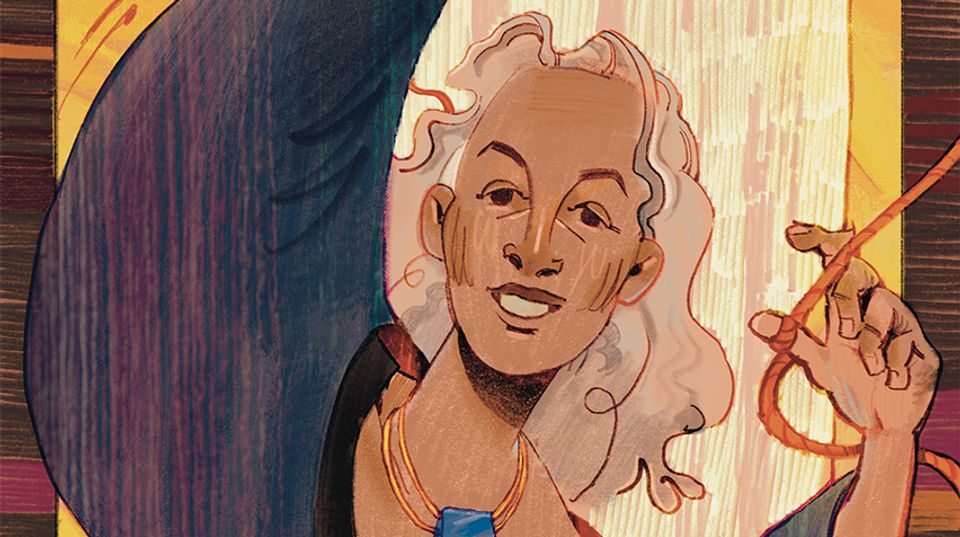
This is the first in a series of guest blog posts by the Archives of American Art's Mary Savig and Jason Stieber focused on the life of the artist Yasuo Kuniyoshi. The exhibition Artist Teacher Organizer: Yasuo Kuniyoshi in the Archives of American Art is on view in the Lawrence A. Fleischman Gallery, and is organized in conjunction with The Artistic Journey of Yasuo Kuniyoshi on view at at the Smithsonian American Art Museum.
I strongly believe that we all paint our experience, and while actually painting there is no room for anything between the canvas and the artist.
—Yasuo Kuniyoshi, notes for his autobiography
The two concurrent Smithsonian exhibitions dedicated to Yasuo Kuniyoshi reveal many facets of this Japanese-born American artist. He was a principled and complex painter, printmaker, and photographer; an immigrant excluded from citizenship and classified an "enemy alien" during World War II; an influential teacher; and an able organizer of artists' causes. Included in the Archives of American Art's exhibition are letters, photographs, writings, and rare printed material —much of it donated to the Smithsonian recently by the artist's nephew Stephen Diamond— documenting Yasuo Kuniyoshi's life and work. Just across the courtyard within the same building, the Smithsonian American Art Museum's Kuniyoshi exhibition showcases 66 of Kuniyoshi's finest paintings and drawings, chosen from leading public and private collections in America and Japan.
Kuniyoshi moved to New York City in 1910 to study art, and by the 1920s critics, dealers, and collectors began to appreciate his work. By the 1930s he was considered one of the most brilliant painters of the day. In 1948, the Whitney Museum of American Art recognized the artist's significance by organizing a retrospective exhibition. The occasion was historic: "Our Museum has never given a retrospective exhibition of the work of a living artist. We have now decided to change that policy," wrote director Juliana Force in a letter to Kuniyoshi.

Whitney Museum of American Art announcement for the retrospective exhibition of Yasuo Kuniyoshi, 1948. Yasuo Kuniyoshi papers, Archives of American Art, Smithsonian Institution.
Over the course of his career, Kuniyoshi was fully conscious of his creative evolution. He wrote frequently and eloquently about the ways in which his personal experience of the world influenced his work. "Regardless of the direction in which my work moves, I always attempt to reflect our time from its most humanistic point of view," he explained in an artist statement of 1949. Other writings and photographs from the Archives' exhibition document the mingling of Kuniyoshi's many influences, from his formal education at the Art Students League and his encounters with strains of European painting in France, to the prodigious challenges of a Japanese citizen living and working in the United States during the Second World War.
To see more photographs of Kuniyoshi in his studio and to read Kuniyoshi's artist statements, correspondence, and notes for his unpublished biography, visit Artist Teacher Organizer: Yasuo Kuniyoshi in the Archives of American Art. You can explore his artworks in the online gallery, The Artistic Journey of Yasuo Kuniyoshi.

















